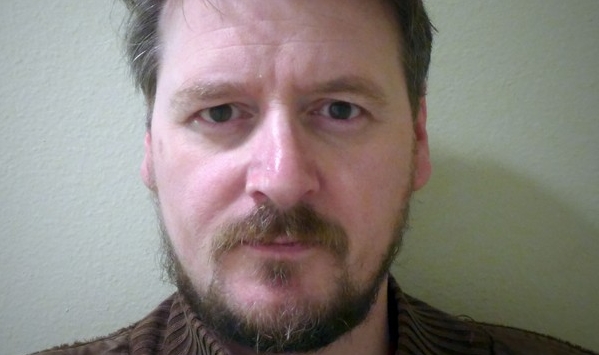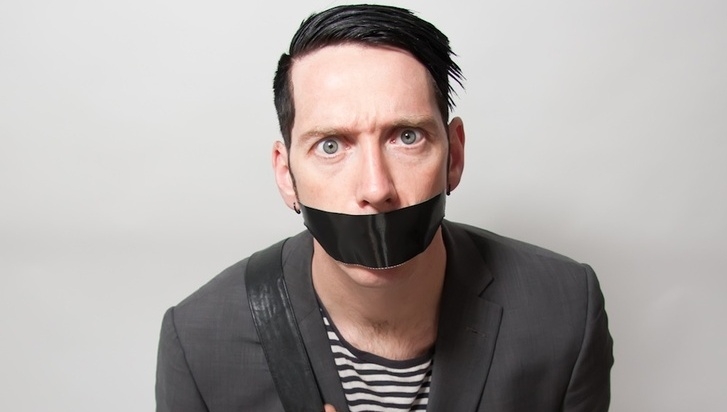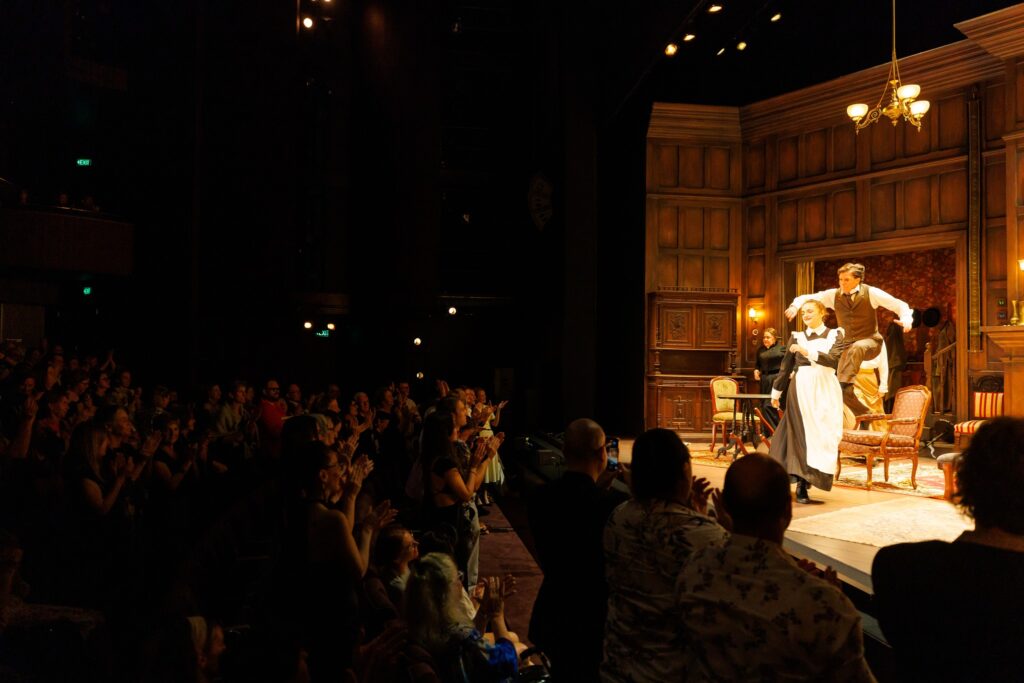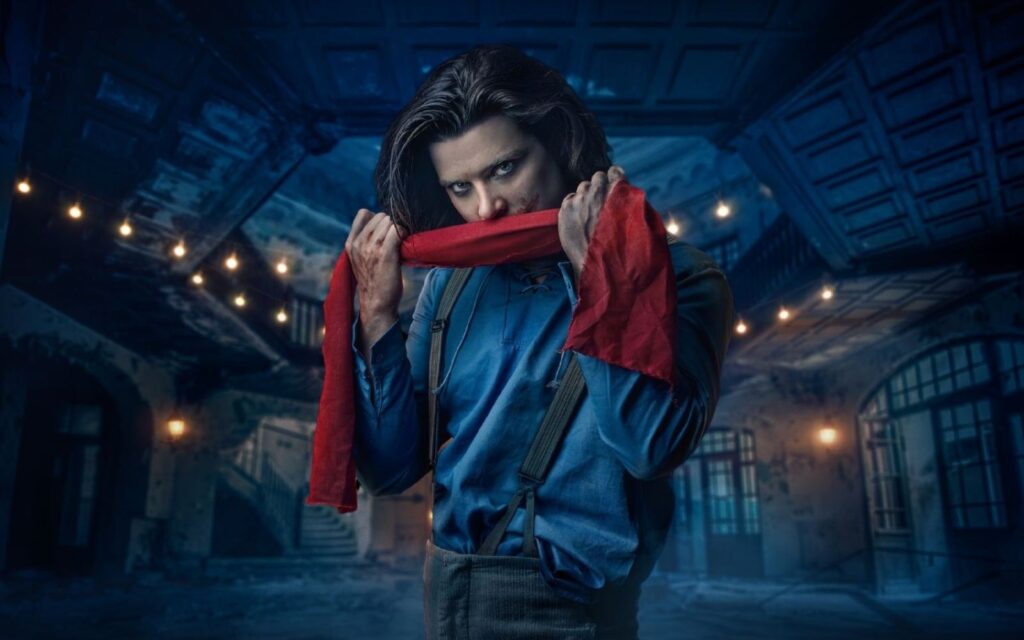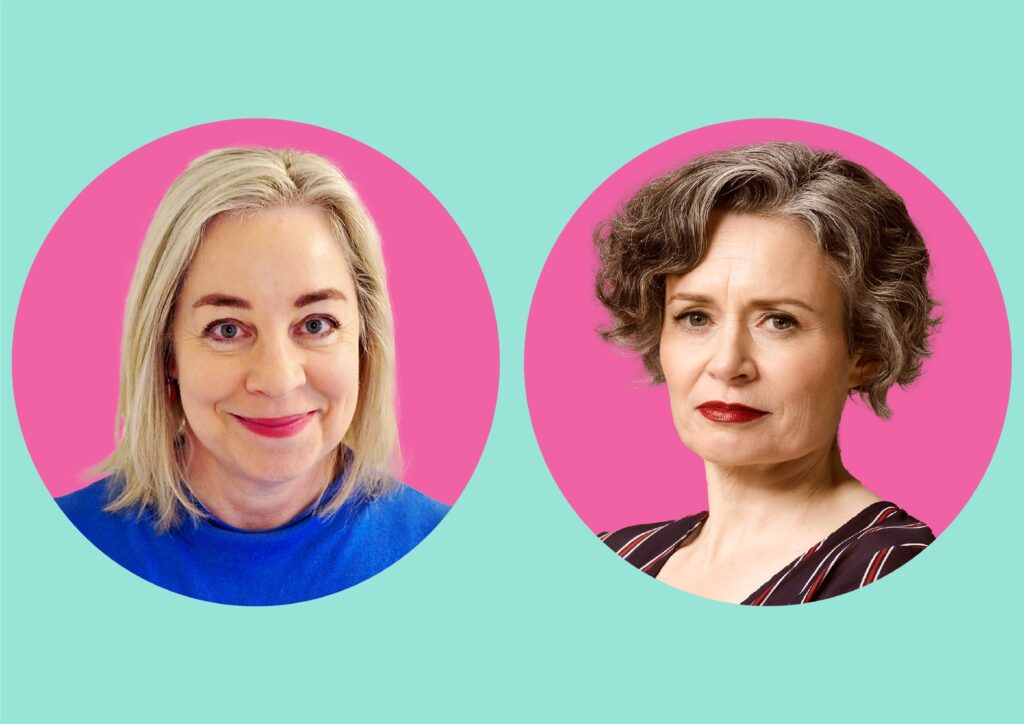“Is Ramsey Street in Melbourne?”—meet comic book artist Mike McKone, an idol of the comic book industry. He’s penned numerous pages for DC Comics, including Superman: Critical Condition (2001), Green Lantern (1990) and Legends of the Dark Knight (2013), and Marvel Comics, including Thor (1998), Spider-Man 2099 (1990), Deadpool: Suicide Kings (2009), and The Incredible Hulk (2000), over the past 25 years. “I watched Neighbours religiously for 15 years and really want to visit Ramsey Street [when I come to Australia].” Heralding from Newcastle, England, McKone is a rarity within the comic book industry, and not because of his thick Northern accent. It was McKone’s raw artistic talent that landed him work at DC Comics at the mere age of 19, not long after he had graduated and received his degree in Art and Design (which he insists “didn’t really help as far as drawing comics are concerned”). There he pencilled comic books for JLA and L.E.G.I.O.N., among many.
“I [knew] from quite a young age,” says the Englishman, thoughtfully discussing his childhood epiphany of wanting to become a comic book artist. “For as long as I wanted to be an artist. So, probably [around] six or seven years old. I really enjoyed the early Marvel comics, even though I wasn’t old enough to have been around when they were first published. Fantastic Four, Spider-Man and Thor, and [superhero-centric] comic books like that left an impression on me. They were reprinted in black and white in England when I was a kid and I really enjoyed them the most.”
“I really wanted to draw American comic books and I’m from England,” meaning that McKone would have to cross the Atlantic Ocean at some point in his life. It was a revelation that made teenage McKone realise that his dream of being a comic book artist would be harder than he thought. “I didn’t really have any idea about how I was going do that,” confesses the Green Lantern artist. It’s hardly surprising though, as McKone would’ve had barely finished puberty when he was considering these options. “Fortunately, by the time I left college a lot of English [or Scottish] artists [were] working for American publishers, so the problem had kind of taken care of itself for me.” These artists included illustrator Dave McKean (The Sandman, Voodoo Lounge), Scottish writer Grant Morrison, who collaborated with McKean to publish Batman psychological thriller Arkham Asylum: A Serious House on a Serious Earth in 1987, to much acclaim, UK god Neil Gaiman (The Sandman, American Gods) and comic book artist and writer Dave Gibbons (2000 AD, Green Lantern). This was the British Invasion, and they were showing Americans that the English can be just as great at creating mind-blowing comic books—just like British writer Kieron Gillen (Journey Into Mystery, Uncanny X-Men) is doing right now.
It’s common knowledge that the comic book industry can seem like a pandemonium of esurient publishers, zealous writers and editors, and idealistic comic book artists, who are all constantly vaulting over each other in a vague attempt to create, or be part of, the next storytelling masterpiece. These masterpieces may be similar to Watchmen (1987) by Alan Moore or The Crow (1987) by James O’Barr, two graphic novels that revolutionised comics and showed comics can hold substantial meaning; or similar to Vertigo’s (an imprint of DC Comics) Fables (2002–2015) and its spinoffs From Fabletown with Love (2009–2010) and Jack of Fables (2006–2011), which all reinforced the notion that non-superhero-centric comics can be popular too.
Recently, Marvel published their ambitious series Fear Itself (2011–2012). Created by Matt Fraction (The Invincible Iron Man, The Mighty Thor) and Canadian comic book artist Stuart Immonen (Ultimate Spider-man, The New Avengers), Fear Itself a crossover comic book storyline which follows Marvel’s greatest superheroes—Spider-Man, Thor, Captain America, Iron Man, Black Widow, Deadpool, Wolverine, Hulk, etc—as they face the force that is Odin’s brother, The Serpent, the God of Fear, and the havoc he causes on earth. McKone was responsible for pencilling and inking Fear Itself: Spider-Man.
“I think our story was self-contained, so we’re didn’t have to—or at least I didn’t have to worry about anything that was happening in other people’s stories. I was [very] fortunate that way. I’m really glad I didn’t have to do the whole thing,” confesses the artist, who was also responsible for some of the cover artwork of Fear Itself: Spiderman. “I’m sure the writer and the editors had a really tough job coordinating everything.”
BY AVRILLE BYLOK-COLLARD
